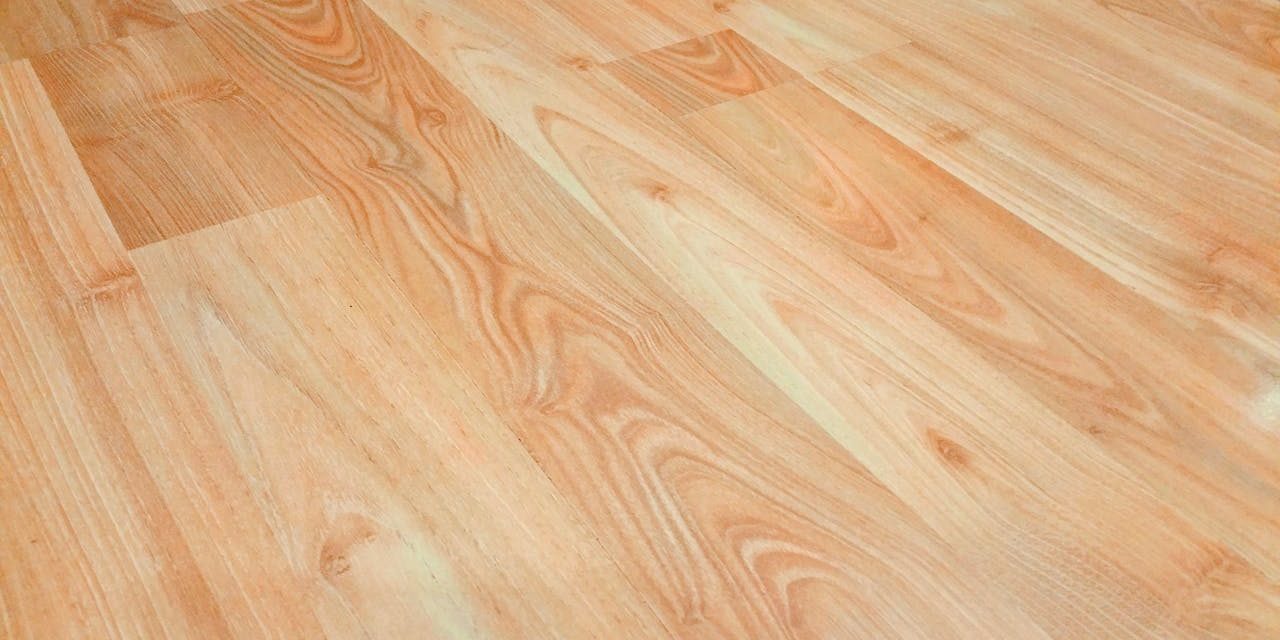When it comes to flooring options, homeowners have a plethora of choices. One popular and versatile option is the floating floor. But what exactly is a floating floor, and what are some common problems associated with it? In this blog post, we’ll explore the ins and outs of floating floors, along with potential issues and effective solutions.
Understanding Floating Floors
A floating floor is a type of flooring installation method that does not require being nailed or glued down to the subfloor. Instead, it “floats” over the existing floor surface. This is achieved by interlocking the individual planks or tiles, creating a unified and stable surface. Floating floors can be made from various materials, including laminate, engineered hardwood, vinyl, and cork.
Advantages of Floating Floors
1. Ease of Installation: One of the main benefits of floating floors is their ease of installation. They can be placed over almost any type of subfloor, including concrete, plywood, and existing flooring.
2. Versatility: Floating floors are available in a wide range of styles, colours, and materials, making them suitable for various interior designs.
3. Durability: Many floating floors are designed to be highly durable, with some engineered options even rivalling traditional hardwood in longevity.
4. Moisture Resistance: Some materials used in floating floors, like vinyl and laminate, are highly resistant to moisture, making them suitable for areas like bathrooms and kitchens. There are some forms of hybrid floating flooring that can tolerate water without causing any damage, warping or swelling.
5. Cost-Effectiveness: In general, floating floors tend to be more budget-friendly than solid hardwood options, making them an attractive choice for cost-conscious homeowners.
Common Problems with Floating Floors
While floating floors offer many advantages, they are not without their potential issues, especially in the unique climate and conditions of Australia.
Moisture and Humidity
Australia’s climate can be harsh, ranging from humid coastal areas to inland regions. This variation can pose challenges for floating floors, especially those made of materials sensitive to moisture.
Excessive moisture can cause warping, swelling, or even mould growth in certain types of floating floors.
To mitigate this, it’s crucial to choose moisture-resistant materials like vinyl or opt for proper sealing and underlayment. Regular checks for leaks or high humidity levels are also essential.
Temperature Fluctuations
Australia, and New South Wales specifically, experiences a wide range of temperatures, from scorching summers to cooler winters. These fluctuations can affect the stability of certain floating floor materials.
Some materials may expand and contract with temperature changes, potentially leading to gaps or buckling. This is more common in Bamboo flooring.
Selecting stable materials like engineered hardwood or laminate, which are less prone to temperature-related issues, can help address this concern.
Subfloor Preparation
Proper subfloor preparation is crucial for a successful floating floor installation. Inadequate or uneven subfloors can lead to a host of problems down the line.
Uneven subfloors can cause the floating floor to creak, shift, or feel unstable underfoot.
Prior to installation, it’s imperative to ensure that the subfloor is clean, level, and dry. Using appropriate underlayment or padding can also help address minor irregularities. In some cases, if you are installing floating floor-over tiles, you should consider levelling out the floor using an appropriate screed.
Conclusion
Floating floors are a popular and practical choice for many homeowners. They offer versatility, durability, and cost-effectiveness. However, like any flooring option, they come with their own set of potential challenges, particularly in the context of Australia’s diverse climate.
By understanding the unique problems that can arise with floating and implementing the appropriate solutions, homeowners can enjoy the benefits of this versatile flooring option for years to come. Whether it’s choosing the right material, ensuring proper installation, or addressing climate-specific concerns, taking the necessary steps will help ensure a beautiful and long-lasting floor in any home. With all our ‘How to Blogs’, we recommend that you use this as a guide only and do further research by visiting the HIA website. The HIA Website provides expert knowledge in all areas of building and home renovation.







